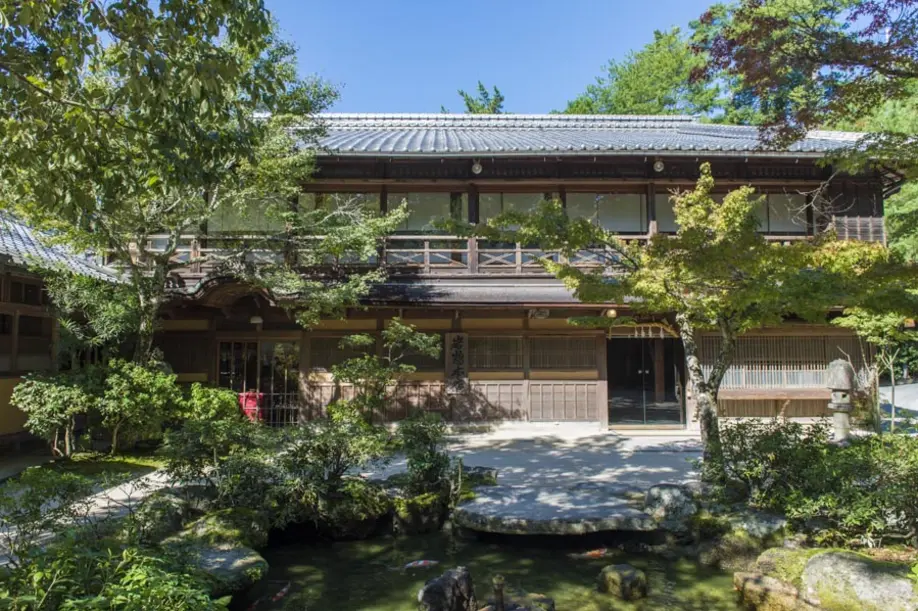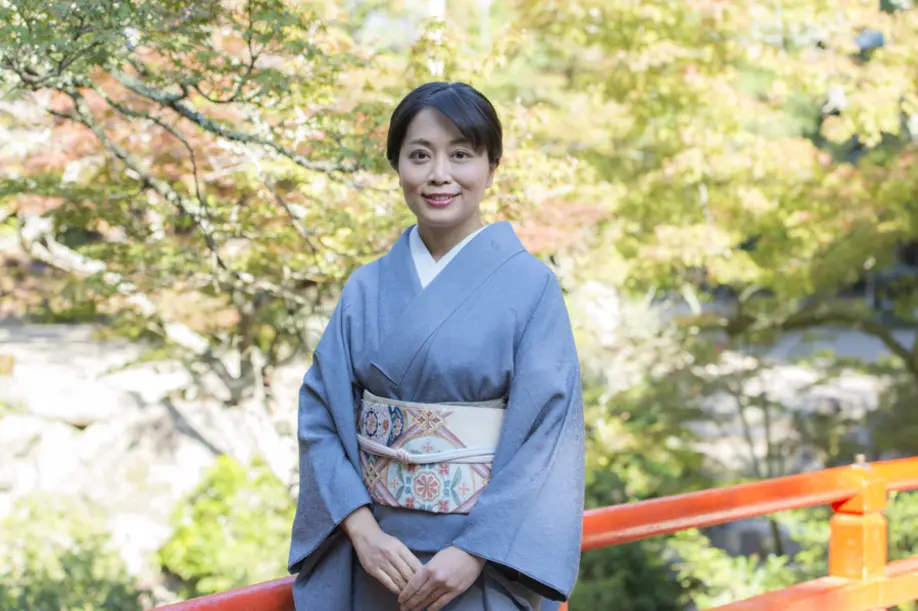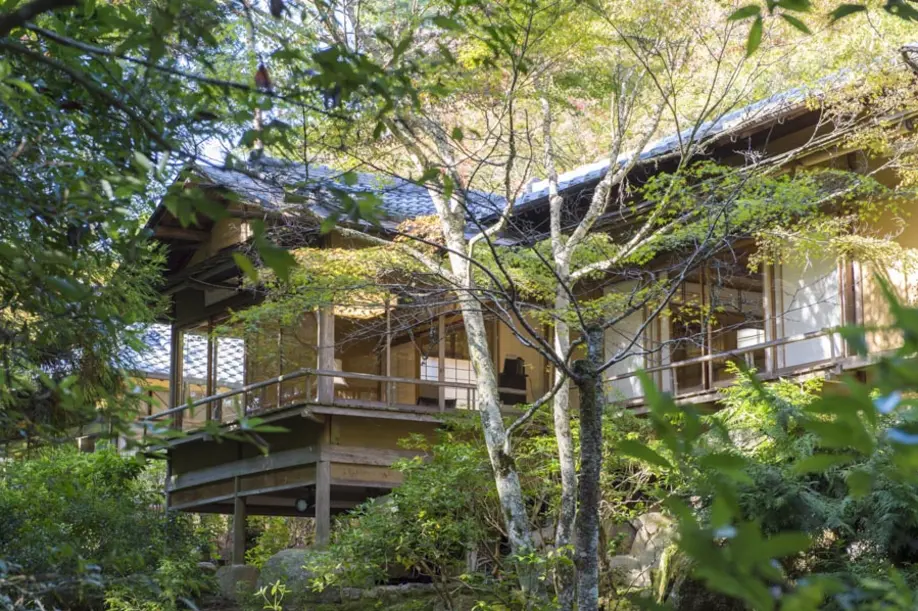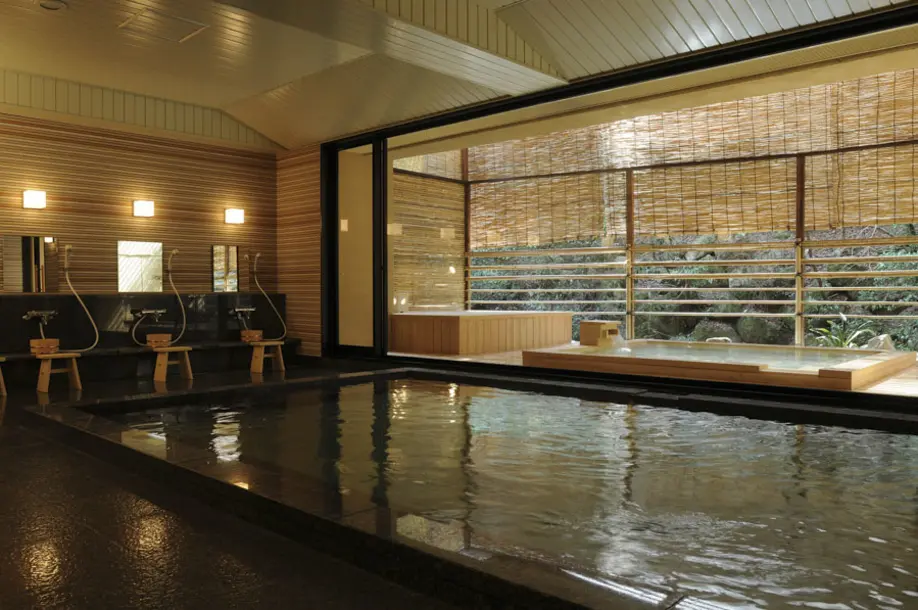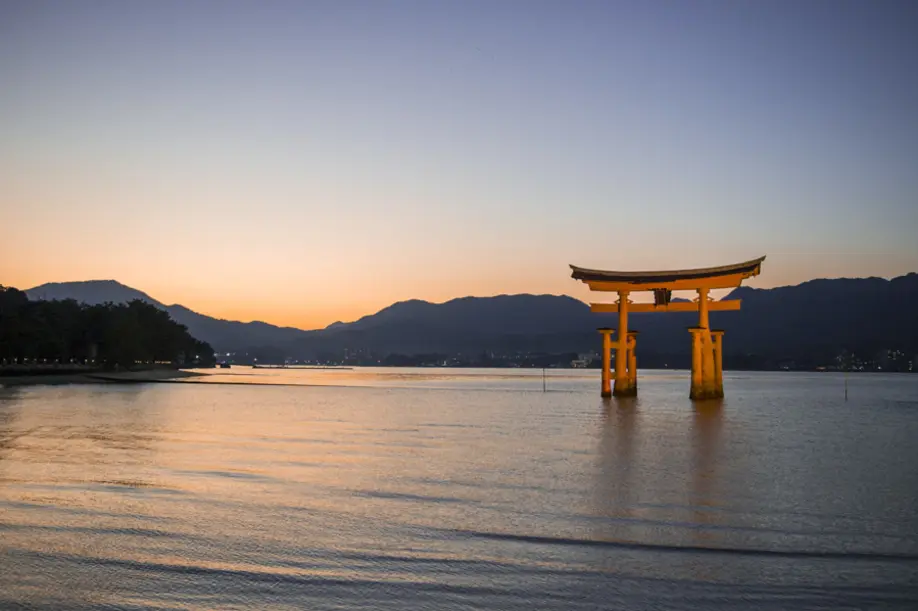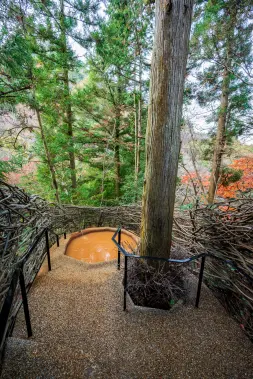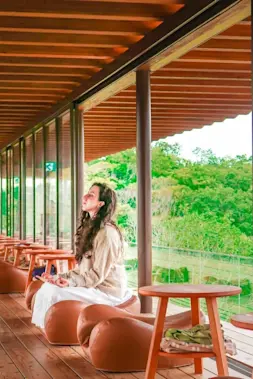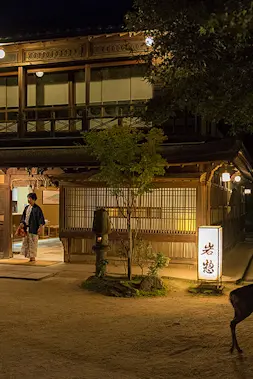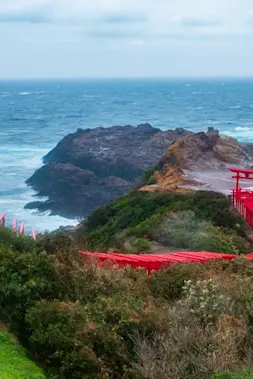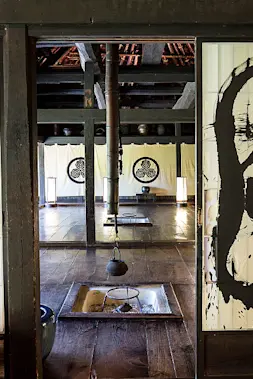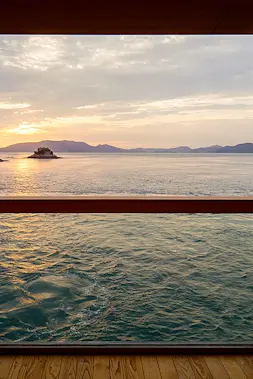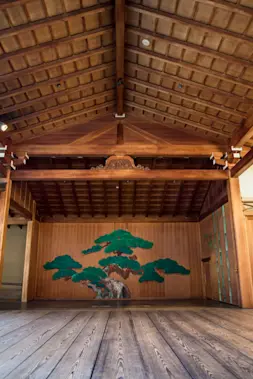Relaxing Stay
IWASO - Miyajima’s Iconic Inn
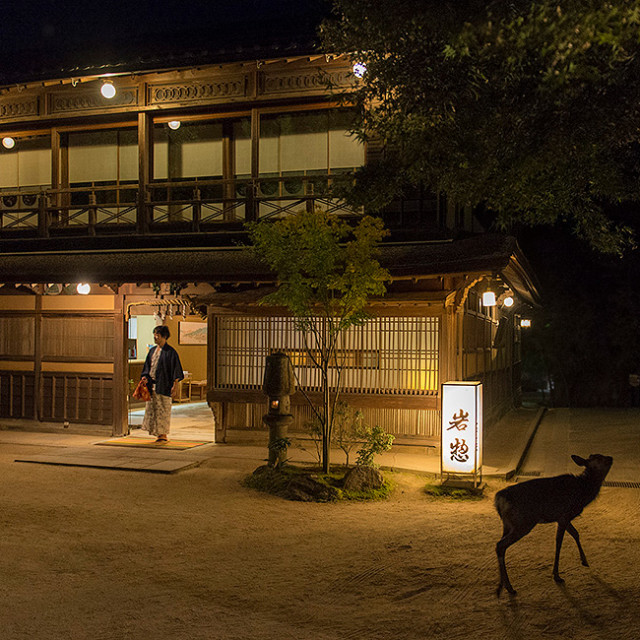
-
- DESTINATION NAME
- Hiroshima
-
- RELATED TAGS
-
- LAST UPDATED
- 04 March, 2020
Iwaso Inn is an enigma. Only a stone’s throw away from Miyajima’s teeming Itsukushima Shrine and shops, this iconic ryokan remains a haven of peace and tranquility.
The inn sits beside a stream running through Momijidani Park, known for its thicket of a thousand Japanese maples. In autumn, the trees around Iwaso burn red as they change into their autumn finery. All the rooms in Iwaso are arranged in a traditional Japanese style, and located in separate buildings - the Main Building, the New Building and the individual ‘hanare’ cottages. Each has its own distinct merits and atmosphere.
“When overseas guests started arriving in greater numbers 10 years ago, we toyed with the idea of putting in beds and westernizing our rooms,” says Tamaki Iwamura, the 7th generation proprietress of Iwaso. “But we decided to preserve the traditional Japanese style because that’s also part of the experience.”
It proved the right decision. Today, 30% to 40% of Iwaso’s guests are from overseas, delighted by the inn’s traditional Japanese mystique.
I stayed in “Ryomontei”, one of the individual hanare cottages built in the 1900s. The antique windows of the cottage opened onto the greenery of the Momijidani woods outside. The only sound you could hear was the stream flowing in the moss-green gully below. At night, you could still enjoy the view as the trees were all elegantly bathed in light.
Iwaso has been a feature of Miyajima since the inn first opened its doors in 1854 - the same year Commodore Perry arrived with his black ships to start trade with Japan. Drawn by its quintessentially Japanese atmosphere, the inn has been the destination of choice for dignitaries and celebrities throughout the years.
Every aspect of Iwaso is intriguing, evocative of its place in history. The last feudal lord of Hiroshima Castle, Nagakoto Asano, gave the cottage the name ‘Ryumontei’. There was a rumor Audrey Hepburn stayed in my very room during her visit to Miyajima. Right next door was the imperial residence - a cottage built for and used exclusively by the royal family.
As you would expect, the facilities throughout are fit for an emperor. The delicate scent of Japanese incense greets you as you enter the lobby. All the decor and furniture are tastefully chosen. Once settled I luxuriated in the hot spring
“Our menus change with the seasons, so we try to source most of our ingredients from inside Hiroshima,” explains Iwamura. “The fish is from the Seto Inland Sea and other quality ingredients come from across Japan.”
Luckily I timed my visit with the oyster season. With Hiroshima being Japan’s leading producer of oysters, I had great expectations and Iwaso did not disappoint. The enormous steamed oysters that arrived with my meal were mouth-watering. The other items on the menu were crafted so delicately, it seemed a shame to break them with my chopsticks.
My previous visits to Miyajima had been day trips. I saw no need to stay overnight when I could cram everything into one day and then jump on the ferry back to the mainland. But staying overnight at Iwaso showed me a different aspect to Miyajima, the evening tranquility of the island after the crowds had gone home. It was an altogether richer experience.
“Unlike ryokans in other parts of Japan, guests who come to Iwaso are usually out and about most of the time - there’s so much to see and do on the island,” says Iwamura. “Our expertise is to make the time our guests do spend at Iwaso as rewarding as possible.”
I pondered these words on my leisurely stroll down to revisit the shrine and gate in the quiet of the evening. By now the water was at high tide and the brightly lit vermillion gate was gently dancing on the rippling water. Transfixed, I realized I was in the middle of a memory that I would be holding dear long after I leave these shores.
Miyajima offers so much for a traveler, and should be enjoyed to the fullest. It is an experience perfectly complemented by staying in the lap of luxury at Iwaso.
Photographs & Text by Tom Miyagawa Coulton
RELATED DESTINATION
Hiroshima
Hiroshima is the central city of Chugoku region. Hiroshima Prefecture is dotted with Itsukushima Shrine, which has an elegant torii gate standing in the sea; the Atomic Bomb Dome that communicates the importance of peace; and many other attractions worth a visit. It also has world-famous handicrafts such as Kumano brushes.


























